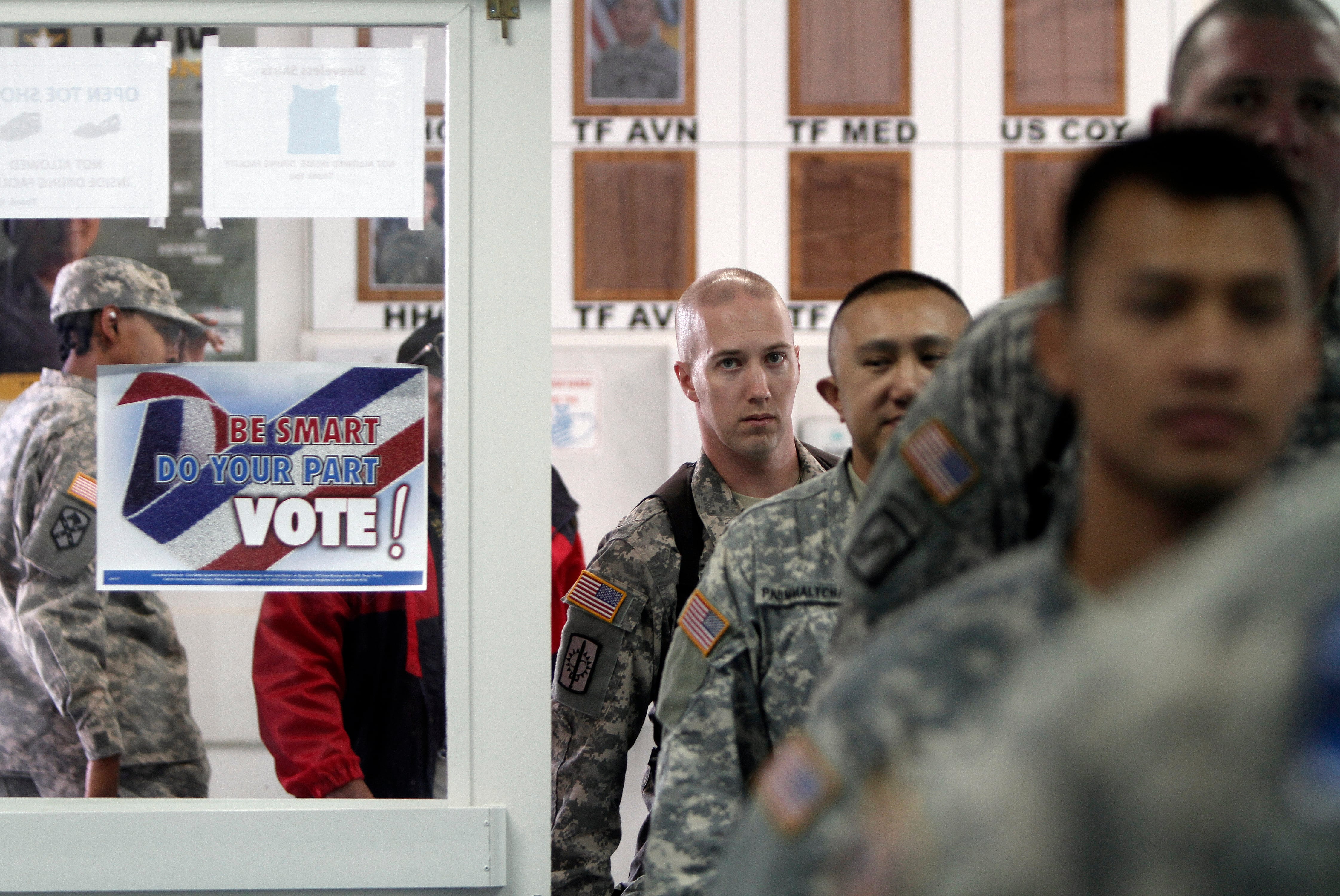The headlines cover a variety of misconduct, but are all worded the same: A senior military leader dismissed “due to a loss of trust and confidence in his/her leadership.”
While used to explain the removal of leaders to the public in the vaguest of terms, the military’s use of such boilerplate raises questions and concerns about leadership conduct, even as most military leaders conduct themselves in a way that honors their nation and oath.
Those misbehaving leaders who earn their loss of confidence are often akin to the myth of Icarus, flying too close to a metaphorical sun, emboldened by hubris and overconfidence, ignoring warnings before their careers crash.
And for service members and the public, the lack of transparency or even a full explanation for these military firings can significantly impact public trust in the military, affect morale and damage the integrity of military leadership.
Vague explanations often lead to assumptions and mistrust, which can damage organizational readiness while missing opportunities to address and prevent similar issues from occurring in the future.
When explanations are too general, they can create an environment where speculation and distrust thrive, undermining the confidence that service members and the public have in military leadership.
However, full disclosures of details might compromise sensitive information, disrupt legal processes, and create further disruptions.
Striking the right balance between transparency and discretion is key to maintaining public trust, ensuring accountability and protecting operational security.
Key areas of concern
Service member morale: Mutual trust is vital to executing effective leadership, as emphasized in Army Doctrine Publication (ADP) 6-0, Mission Command. Mutual trust between leaders, staff and subordinates is essential to building effective, cohesive teams that are successful. When leaders are dismissed with a catchall “due to loss of confidence,” this trust is undermined, creating an environment of uncertainty and doubts about the command structure. Without mutual trust, even strong teams will be hindered by individual performance and overall readiness.
Public trust: According to a Reagan National Defense Survey, Americans’ trust and confidence in the military fell to 48% in 2022, a 22% drop from the survey’s 2018 findings. Although several factors contributed to this drop, 52% of respondents cited the performance and competence of uniformed military leaders as the reason for their decreased trust in the military.
When leaders are fired — and the reasons are vaguely reported — it can create the perception that the military is avoiding accountability, further eroding public confidence. Over time, this erosion can impact recruitment and retention, as young men and women will be deterred from joining an organization perceived as lacking transparency and accountability.
Operational readiness: Senior leaders, chosen through rigorous selection and training, are crucial decision-makers. As stated in ADP 6-22, Army Leadership and the Profession, effective leaders set the example, reinforce a culture of trust, establish a professional climate, and ensure their organization’s readiness. When a leader is fired, it can disrupt the organization’s readiness by creating confusion, lowering morale and eroding trust. New leaders will need time to take accountability, gain the trust of subordinates and provide a new vision for the organization, which can temporarily hinder the unit’s effectiveness.
Organizational integrity: The “Battalion Commander Effect” demonstrates how the integrity and leadership of senior leaders directly shape the performance and culture of their units. Leaders must acknowledge their role in shaping the organizational climate, understanding that, whether implied or explicit behavior, impacts the behaviors of others and defines the organization’s culture.
Firing senior leaders without clear justification or explanation can disrupt ongoing training and missions, leading to delays, confusion, and lack of direction. Such disruptions impair the operational effectiveness as well as the overall integrity of the organization.
Recommendations for improvement
Targeted solutions can be implemented to address the challenges posed by vague dismissals of senior leaders and their impact on morale, public trust, operational readiness and organizational integrity.
Centralized bulletin for dismissals: Establish a centralized, national-level bulletin that concisely summarizes the dismissal or disciplinary action for field grade officers (CW3-CW4, O-4 and above) and senior non-commissioned officers (E-7 and above). This bulletin would look like other disciplinary blotters that identify service members and their actions while respecting the individual’s rights and due process. Implementing this allows leaders to restore mutual trust within the military, increase confidence in leadership and ensure clear accountability and expectations are communicated effectively.
Standardized dismissal process: Introducing a structured process for capturing and categorizing leadership dismissals is another recommendation to address how the military communicates about leadership changes.
A structured approach formally captures the circumstances of the dismissal and categorizes them (for example, misconduct, poor performance, leadership failure, disciplinary issue) into a more effective dismissal statement.
This communicates transparently that can meet the needs of the public. Internally, the affected unit should be provided with additional details explaining the situation to mitigate uncertainty and speculation while maintaining the trust and confidence of leadership.
Ethics accountability training: To have a high-performing team, there must be accountability, or simply leaders taking ownership of their decisions, while addressing and solving problems in their formations. Implementing an ethics and accountability seminar or instruction that includes lessons learned from past dismissals can help mitigate future dismissals.
In addition, providing leaders with such tools and strategies can reinforce ethical behavior and leadership. By integrating these components, this solution can help foster a culture of accountability, learning, and growth individually and throughout the organization.
As Simon Sinek writes in “Leaders Eat Last,” leadership isn’t about being in charge — it’s about taking care of those in your charge. True leadership requires not only accountability but clear and transparent communication.
While it may be challenging to fire a senior leader, it is important to be clear and transparent throughout the process to balance the individual’s rights and due process with the organization’s need to sustain trust, morale and operational effectiveness. When vague statements are made, they erode the confidence of service members and the public, disrupt operational readiness, and damage organizational integrity.
By adopting targeted recommendations, the military can enhance communication, bolster trust and ensure that leadership changes contribute positively to organizational health and effectiveness.
Capt. Jakob Hutter is a Kansas Army National Guard logistics officer currently serving as the Battalion S3 for the 169th Division Sustainment Support Battalion in Leavenworth, Kansas.
Hutter also serves as a troop command brigade training officer. He has a Master’s of Science degree in Organizational Leadership and received his commission from Kansas State University in 2016.




